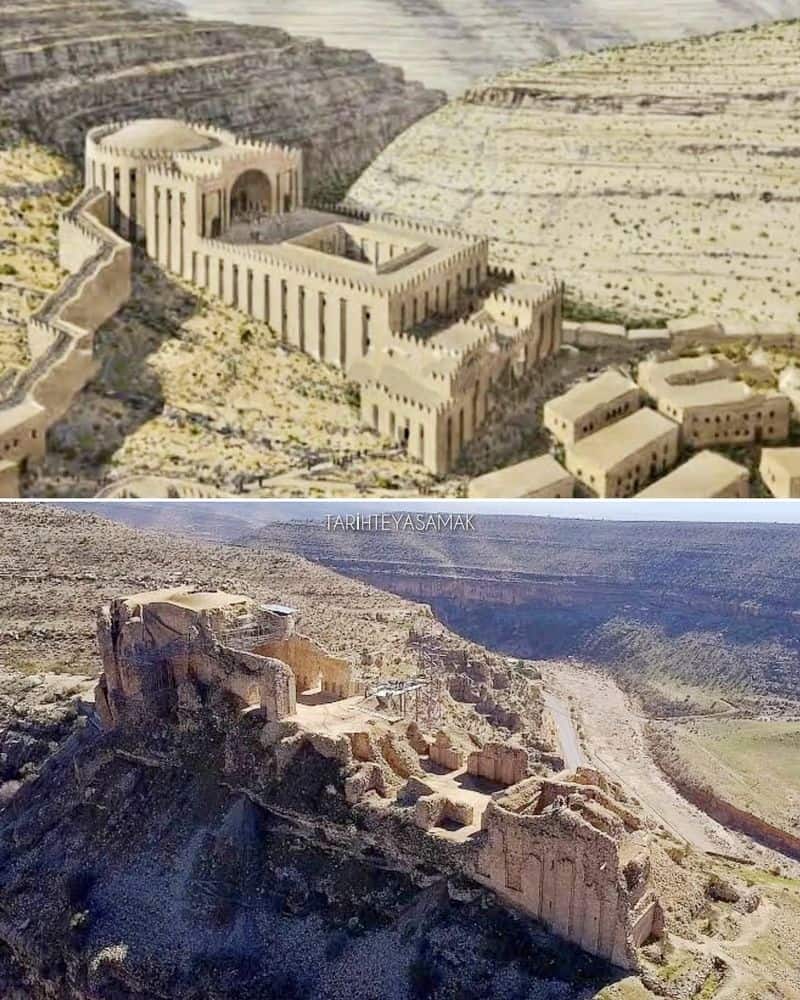Explore the fascinating journeys of five abandoned palaces that have been meticulously restored to their former grandeur.
This post delves into their history, the restoration processes, and the captivating stories that breathe life into these architectural marvels once more.
1. Ruzhany Palace, Belarus

In the quaint town of Ruzhany, Belarus, the palace of the Sapieha family has risen from the ashes of neglect.
Built in the 17th century, Ruzhany Palace once symbolized the opulence of Polish-Lithuanian nobility.
Over the years, it fell into disrepair, but extensive restoration efforts have revived its Baroque and Neoclassical splendor.
Visitors are now greeted by its grand facades and sprawling gardens, a reflection of its aristocratic heritage.
The rejuvenation of Ruzhany Palace has sparked a renewed interest in local history and has become a cherished landmark for both locals and tourists alike.
2. Neuschwanstein Castle, Germany

Perched amidst the Bavarian Alps, Neuschwanstein Castle is a symbol of whimsical Romanticism.
Commissioned by King Ludwig II in the 19th century, it fell into disrepair after his death.
Recent restoration efforts have brought back its fairy-tale charm, making it a must-visit for dreamers and history buffs alike.
With its turrets piercing the sky and intricate interiors restored to their lavish original conditions, visitors are transported to a realm of fantasy.
Neuschwanstein’s revival not only preserves a piece of Bavarian heritage but also continues to inspire artistic expression across the globe.
3. Alexander Palace, Russia

After an extensive restoration project that began in 2015, the private apartments of Emperor Nicholas II and Empress Alexandra Feodorovna in the Alexander Palace at Tsarskoye Selo reopened to the public in August 2021.
The restoration aimed to return the palace to its early 20th-century appearance, preserving its historical significance and architectural beauty.
4. Qal’eh Dokhtar, Iran

Qal’eh Dokhtar, perched high on a rocky hill in Iran’s Fars Province, embodies the strength of Sassanian architecture.
This fortress, dating back to the 3rd century, bears witness to ancient Persian ingenuity and fortitude.
Left in ruins for many years, it has recently undergone meticulous restoration to highlight its historical and architectural significance.
Its formidable walls and strategic location offer insights into ancient military engineering.
The restored Qal’eh Dokhtar now stands as a proud monument of Iran’s rich cultural tapestry, drawing visitors who are eager to explore its fortified beauty and historical resonance.
5. Sans Souci Palace, Haiti

Nestled in the lush landscapes of northern Haiti, Sans Souci Palace stands as a testament to resilience and rebirth.
Originally built in the early 19th century, this majestic structure was once the residence of King Henri Christophe.
Decades of neglect had left it in ruins, but recent restoration efforts have breathed new life into its grand halls and elegant archways.
Visitors can now admire the intricate details of its design, which beautifully merges European and Caribbean influences.
Today, Sans Souci is not only a symbol of Haiti’s regal past but also a beacon of cultural pride and preservation.

